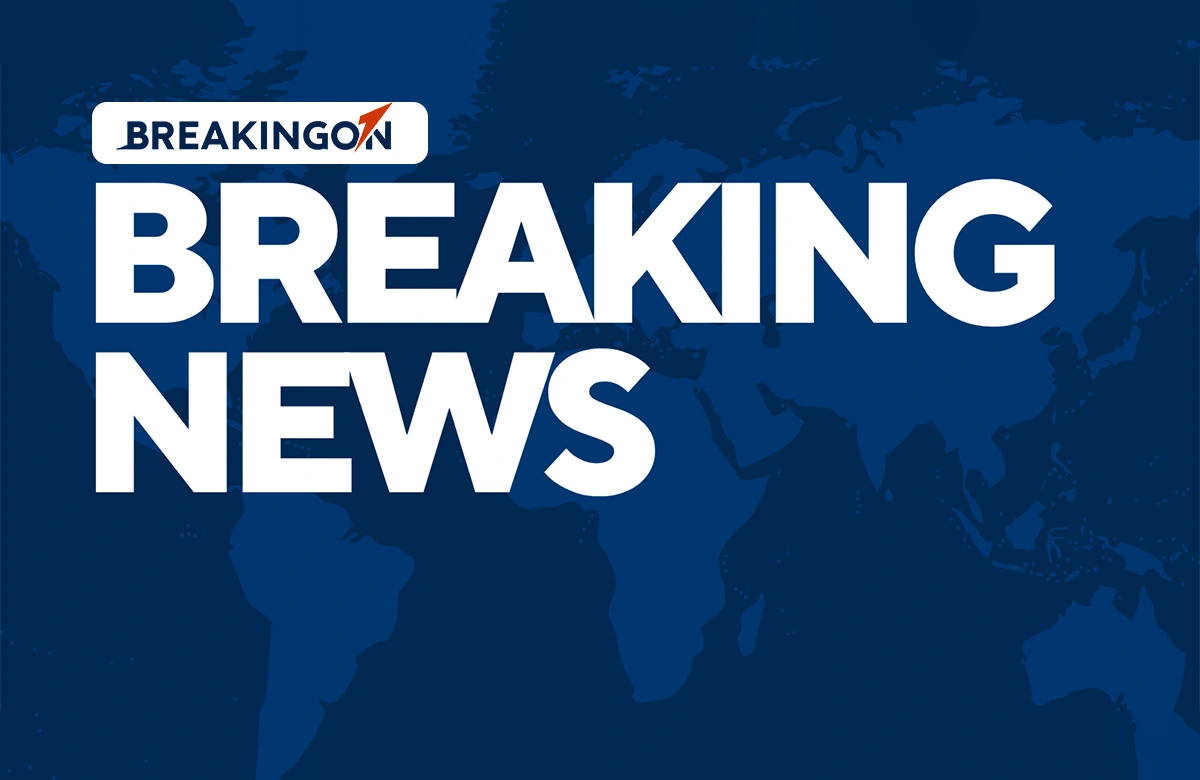
On Monday evening, a man ignited a U.S. flag in a bold act of protest across the street from the White House. This demonstration was specifically aimed at opposing President Donald Trump’s controversial executive order that targets flag burning. The incident took place in Lafayette Square, a historic park situated adjacent to the White House, known for its significance in political demonstrations.
Despite the dramatic nature of the protest, the man was not arrested for violating Trump's executive order against flag burning. Instead, law enforcement officials charged him with a violation of federal regulations concerning setting fires in federal parks. This legal aspect highlights the complexities surrounding protests and the enforcement of laws in areas designated as federal property.
The act of burning the flag has long been a symbol of dissent in the United States, representing the right to free speech as protected by the First Amendment. In recent years, such protests have garnered attention, especially when linked to political figures and their policies. Trump's executive order has reignited debates over the legality and morality of flag desecration, raising questions about the boundaries of free expression in America.
The protest and subsequent arrest have sparked discussions among activists, legal experts, and the general public. Many view flag burning as a potent form of political expression, while others see it as a disrespectful act against a national symbol. This incident underscores the ongoing tensions regarding freedom of speech and the interpretation of laws governing protests in the United States.
As the conversation evolves, it remains crucial for citizens to engage in respectful dialogue about their rights and the implications of such protests in a democratic society. The events in Lafayette Square serve as a reminder of the enduring struggle for free expression amidst legal challenges and societal norms.